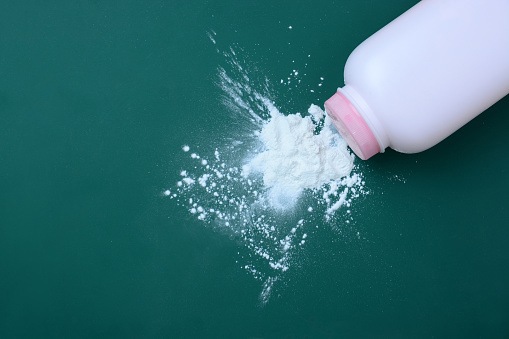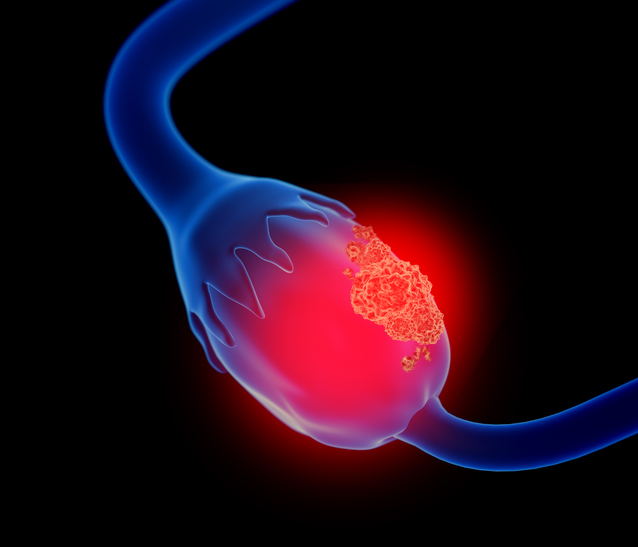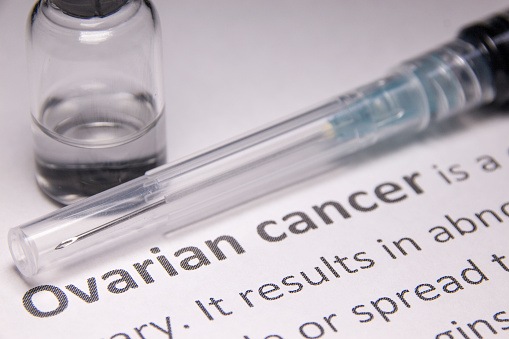
A large study published in JAMA found no statistically significant association between use of talc powder in the genital area and ovarian cancer. This study comes as several pending lawsuits alleged that there is a link and are looking to hold manufacturers, such as Johnson & Johnson, accountable.
Researchers used data from four large, U.S.-based cohort studies: Nurses’ Health Study (n=81,869), Nurses’ Health Study II (n=61,261), Sister Study (n=40,647), and Women’s Health Initiative Observational Study (n=73,267).
The pooled analysis included 252,745 women (median age at baseline, 57 years), and 38% self-reported using powder in the genital area: 10% reported long-term use, and 22% reported frequent use.
No significant correlation observed
During a median follow-up of 11.2 years, 2,168 women developed ovarian cancer (58 cases/100,000 person-years). The incidence of ovarian cancer was 61 cases per 100,000 person-years for ever-users and 55 cases per 100,000 person-years for never-users (estimated risk difference at 70 years, 0.09%; estimated hazard ratio [HR], 1.08). The estimated HR for frequent versus never use was 1.09, and the estimated HR for long-term versus never use was 1.01.
The study may have been underpowered to identify a small increase in risk, according to the authors.
In 2006, the International Agency for Research in Cancer, which falls under the World Health Organization, classified the use of talc in the genital area as “possibly carcinogenic to humans.” Since 1971, studies have demonstrated conflicting findings regarding the link between talc powder and ovarian cancer.







 © 2025 Mashup Media, LLC, a Formedics Property. All Rights Reserved.
© 2025 Mashup Media, LLC, a Formedics Property. All Rights Reserved.